Home>Dining>Tableware>What Are The Different Kinds Of Dinnerware?
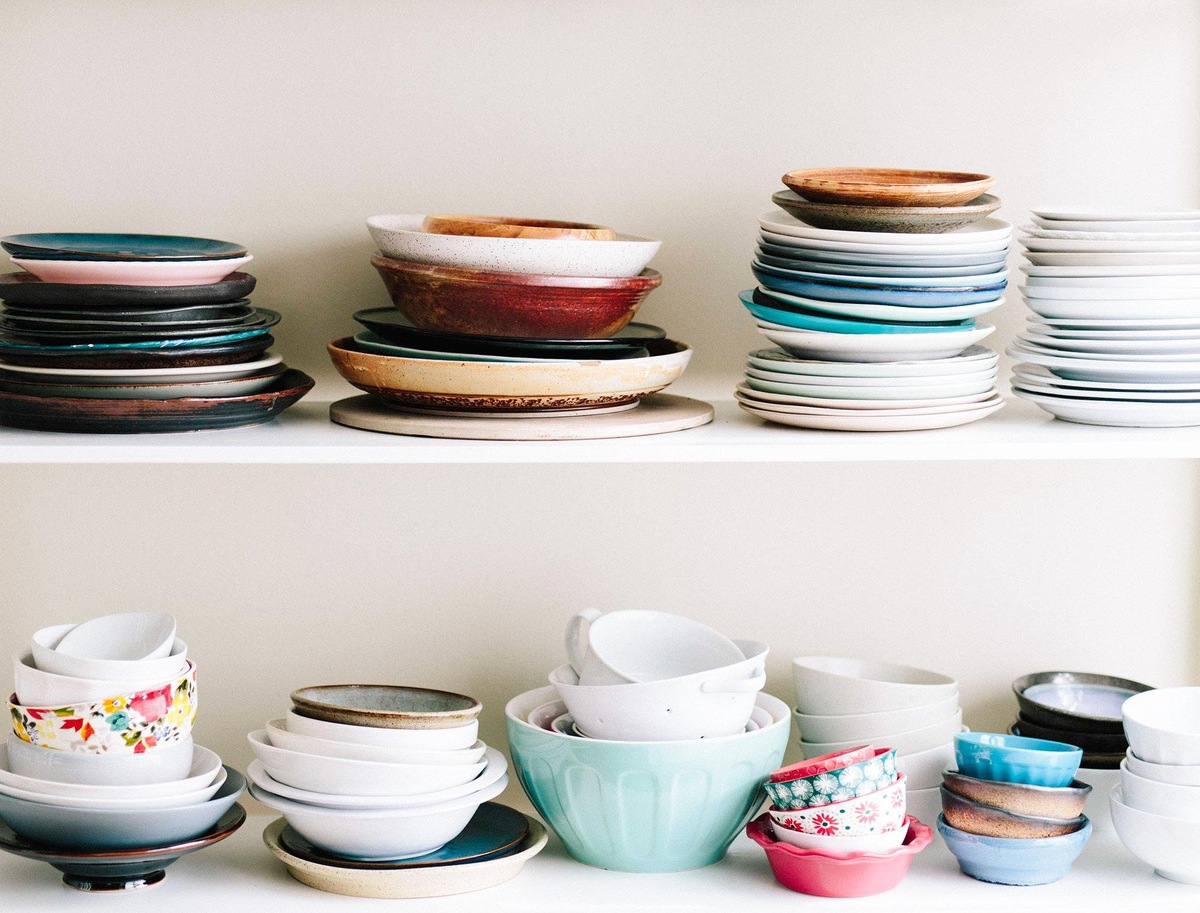

Tableware
What Are The Different Kinds Of Dinnerware?
Modified: January 19, 2024
Discover the various types of tableware available for a delightful dining experience. Explore different dinnerware options and find the perfect set for your style and needs.
(Many of the links in this article redirect to a specific reviewed product. Your purchase of these products through affiliate links helps to generate commission for Storables.com, at no extra cost. Learn more)
Introduction
When it comes to setting a beautiful table, the choice of dinnerware plays a crucial role. Dinnerware not only serves the functional purpose of holding food but also adds style and elegance to any dining experience. From everyday meals to special occasions, there are various types of dinnerware available, each with its own unique characteristics and benefits.
In this article, we will explore the different kinds of dinnerware commonly used in households and restaurants. We will delve into the materials, features, and advantages of each type, helping you make an informed decision when choosing the perfect tableware for your needs.
Whether you’re a seasoned chef, a dinner party enthusiast, or simply someone who appreciates a beautifully set table, understanding the different kinds of dinnerware will elevate your dining experience to a whole new level.
Key Takeaways:
- Elevate your dining experience with the right dinnerware. From the timeless elegance of porcelain to the practical durability of stainless steel, choose tableware that reflects your style and enhances every meal.
- Consider factors like durability, heat retention, and design when choosing dinnerware. Whether it’s the rustic charm of stoneware or the affordability of melamine, invest in high-quality tableware that makes every dining occasion special.
Read more: What Are The Different Kinds Of Home Decor
Ceramic Dinnerware
Ceramic dinnerware is a popular choice for its versatility, durability, and timeless appeal. Made from clay that is fired at high temperatures, ceramic dishes come in a range of styles, colors, and designs to suit any table setting.
One of the key advantages of ceramic dinnerware is its ability to retain heat. Whether you’re serving hot soups, stews, or baked dishes, ceramic plates and bowls will keep your food warm for longer periods, ensuring a satisfying dining experience.
Furthermore, ceramic dinnerware is known for its chip resistance, making it ideal for everyday use. The sturdy construction allows it to withstand the rigors of regular handling and dishwasher cycles without losing its aesthetic appeal.
Another notable feature of ceramic dinnerware is its ability to be personalized. Artisans can hand-paint or glaze ceramic pieces, creating unique and one-of-a-kind designs. This customization option allows you to showcase your personal style and add a touch of individuality to your table.
One important consideration when using ceramic dinnerware is that it may be prone to cracking or breaking if exposed to extreme temperature changes. To prevent this, it’s recommended to avoid placing ceramic dishes directly from the oven or microwave onto a cold surface.
Overall, ceramic dinnerware offers a timeless and versatile option to set your table for any setting. Its heat retention abilities, durability, and customization options make it a popular choice for both everyday use and special occasions.
Porcelain Dinnerware
Porcelain dinnerware is renowned for its delicate beauty and refined elegance. Made from a type of clay known as kaolin, porcelain dishes are fired at high temperatures, resulting in a durable and translucent material.
One of the distinguishing features of porcelain dinnerware is its thin and lightweight construction. This makes it a pleasure to handle and brings an air of sophistication to any table. The smooth and glossy finish of porcelain also adds a touch of luxury to your dining experience.
Porcelain dinnerware is known for its exceptional strength and durability. Despite its delicate appearance, high-quality porcelain is chip-resistant and can withstand the demands of daily use. It’s also resistant to scratching and staining, making it easy to clean and maintain.
In addition to its durability, porcelain dinnerware is highly heat-resistant. This means you can confidently use it for serving piping hot dishes without fear of damage.
One of the most appealing aspects of porcelain dinnerware is its versatility in design. Whether you prefer classic white pieces, intricate patterns, or contemporary designs, there is a wide range of options to choose from. The timeless and elegant nature of porcelain allows it to seamlessly complement any table setting or decor style.
While porcelain dinnerware offers many advantages, it is important to note that it can be more expensive compared to other types of tableware. However, the durability, aesthetic appeal, and versatility of porcelain make it a worthwhile investment for those seeking a touch of luxurious elegance in their dining experience.
Bone China Dinnerware
Bone china dinnerware is widely regarded as the epitome of luxury and sophistication. It is renowned for its exceptional quality, delicate beauty, and translucent appearance. Made from a blend of fine bone ash, china clay, and feldspar, bone china is fired at high temperatures to create a durable and exquisite tableware material.
One of the key features of bone china is its unparalleled elegance. The thin and delicate nature of bone china gives it a translucent quality, allowing light to pass through it. This creates a stunning visual effect, enhancing the beauty of the food and adding an air of refinement to any table setting.
Despite its delicate appearance, bone china is surprisingly strong and chip-resistant. The addition of bone ash provides the dinnerware with superior strength, making it resistant to cracks and breakages. This durability ensures that your bone china dinnerware can be enjoyed for years to come.
Another advantage of bone china dinnerware is its exceptional heat retention properties. This means that your hot dishes will stay warm for longer periods, enhancing the dining experience. Additionally, bone china is also microwave-safe, allowing for convenient reheating of leftovers.
One of the distinguishing characteristics of bone china is its pure white color. This pristine backdrop serves as an ideal canvas for intricate and delicate patterns. Many bone china sets feature hand-painted designs, often adorned with gold or platinum accents, adding a touch of luxury and opulence to your table.
It is worth noting that bone china, due to its exquisite craftsmanship and high-quality materials, tends to be more expensive compared to other types of dinnerware. However, the timeless beauty, superior durability, and exceptional quality make bone china a worthwhile investment for those looking to elevate their dining experience to new heights.
Stoneware Dinnerware
Stoneware dinnerware is a popular choice for those seeking a combination of durability and rustic charm. Made from clay that is fired at high temperatures, stoneware is known for its strength and natural earthy appeal.
One of the standout features of stoneware dinnerware is its exceptional durability. The firing process creates a dense and solid material that is resistant to chipping and cracking. This makes stoneware ideal for everyday use, as it can withstand the rigors of regular handling and dishwasher cycles.
Stoneware is also known for its versatility, as it can be glazed or left unglazed. Glazed stoneware has a smooth and glossy finish, adding a touch of sophistication to the table. Unglazed stoneware, on the other hand, has a more rustic and organic look, perfect for those who prefer a more down-to-earth aesthetic.
Along with its durability, stoneware also offers excellent heat retention properties. It can withstand high baking temperatures, making it suitable for oven-to-table cooking. Stoneware dishes are also great for keeping your food warm for extended periods, ensuring a satisfying dining experience.
Stoneware dinnerware comes in a variety of colors, finishes, and patterns, allowing you to choose the style that best suits your taste and table setting. From solid colors to intricate designs, stoneware offers a range of options to enhance your dining experience.
One important consideration when using stoneware is that it can be prone to scratching, especially when used with metal utensils. To preserve the longevity of your stoneware dinnerware, it is advisable to use wooden or plastic utensils.
In summary, stoneware dinnerware combines durability with rustic charm. Its exceptional strength, heat retention properties, and versatile design options make it a popular choice for both everyday meals and special occasions.
When choosing dinnerware, consider the material, style, and durability. Porcelain and bone china are elegant but fragile, while stoneware and melamine are more durable for everyday use. Glass and ceramic are also popular options.
Read more: What Is Dinnerware?
Melamine Dinnerware
Melamine dinnerware is a practical and stylish option for both indoor and outdoor dining. Made from a durable synthetic material called melamine resin, this type of dinnerware offers a range of benefits and is a popular choice for its affordability and versatility.
One of the key advantages of melamine dinnerware is its exceptional durability. It is highly resistant to chipping, breaking, and scratching, making it ideal for everyday use and for outdoor dining settings such as picnics, barbecues, and camping trips. This durability also makes melamine dinnerware safe for children to use, as it can withstand accidental drops and impacts.
Melamine dinnerware is lightweight, making it easy to handle and transport. This is especially beneficial for outdoor dining, as it allows for easy packing and carrying. Additionally, melamine is also resistant to stains and is relatively easy to clean, making it a practical choice for busy households.
Another advantage of melamine dinnerware is its wide range of design options. From vibrant and colorful patterns to sleek and minimalist styles, melamine offers a variety of choices to match your personal taste and table decor. It can mimic the appearance of ceramic or porcelain, giving you the look of fine dinnerware without the associated fragility.
It is important to note that while melamine dinnerware is microwave-safe, it is not suitable for direct exposure to high heat such as ovens and stovetops. Extreme temperatures can cause the melamine to warp or melt, compromising its durability.
Overall, melamine dinnerware provides a cost-effective and practical solution for everyday dining and outdoor entertaining. Its durability, lightweight nature, and wide range of designs make it a popular choice for those seeking stylish and versatile tableware options.
Glass Dinnerware
Glass dinnerware offers a timeless and elegant option for both casual and formal dining settings. Made from transparent or colored glass, this type of dinnerware adds a touch of sophistication to any table.
One of the standout features of glass dinnerware is its versatility. It can be found in a variety of shapes, sizes, and designs, allowing you to create a table setting that suits your style and occasion. From contemporary and minimalist to intricate and ornate patterns, glass offers a range of options to enhance your dining experience.
Another advantage of glass dinnerware is its transparency. The clear glass allows the natural colors and textures of your food to shine through, making it a visually appealing choice. It creates a sense of elegance and showcases the beauty of the dishes you serve.
Additionally, glass dinnerware is non-porous, making it resistant to stains and odors. It is also easy to clean, as it can be safely washed in the dishwasher without the worry of damage. Furthermore, glass is a safe and hygienic option for food preparation and serving, as it is non-toxic and does not leach chemicals into your food.
Glass dinnerware is also known for its heat resistance. It can withstand high oven temperatures, allowing for easy transition from oven-to-table serving. Glass retains heat well, helping to keep your food warm for longer periods.
While glass dinnerware is generally durable, it can be prone to breakage if mishandled or dropped. It is important to handle glass dishes with care to avoid accidents or damage.
In summary, glass dinnerware offers a classic and elegant choice for any dining occasion. Its transparency, versatility, and heat resistance make it a popular option for those seeking a timeless and sophisticated table setting.
Stainless Steel Dinnerware
Stainless steel dinnerware is a practical and durable option for everyday use. Known for its versatility and resilience, stainless steel offers a range of benefits that make it a popular choice for households and restaurants alike.
One of the key advantages of stainless steel dinnerware is its exceptional durability. It is resistant to chipping, breaking, and scratching, making it ideal for daily use and for serving foods that require cutting or slicing. Stainless steel is also corrosion-resistant, ensuring that your dinnerware maintains its sleek appearance for years to come.
Stainless steel dinnerware is lightweight, making it easy to handle and transport. It is also stackable, allowing for efficient storage in your kitchen cabinets. This convenience makes stainless steel a practical choice for both everyday meals and outdoor dining experiences.
Another advantage of stainless steel is its heat resistance. It can withstand high temperatures without warping or melting, making it suitable for oven-to-table serving. Stainless steel plates and bowls also retain heat well, keeping your food warm for longer periods.
Stainless steel dinnerware is easy to clean and maintain. It is dishwasher-safe and can be safely used with metal utensils without fear of scratching or damaging the surface. Stainless steel is also non-porous, preventing the absorption of food odors and flavors.
In terms of design, stainless steel dinnerware often features a sleek and modern aesthetic. The smooth and polished finish adds a touch of sophistication to any table setting, making it suitable for both casual and formal occasions. Stainless steel can also be found in a variety of colors and finishes, allowing you to choose the style that best suits your taste and decor.
In summary, stainless steel dinnerware offers durability, heat resistance, and modern aesthetics. Its versatility and practicality make it a popular choice for everyday use and for those who value convenience and longevity in their tableware.
Conclusion
Choosing the right dinnerware is essential for enhancing your dining experience, whether it’s for everyday meals or special occasions. We’ve explored the different kinds of dinnerware available, each with its own unique characteristics and benefits.
Ceramic dinnerware offers versatility and durability, with the ability to retain heat and be personalized to your style. Porcelain dinnerware exudes elegance and refinement, with its lightweight construction and timeless appeal. Bone china dinnerware showcases delicate beauty and translucent qualities, making it a luxurious and sophisticated option.
Stoneware dinnerware combines durability with rustic charm, offering a range of designs and excellent heat retention properties. Melamine dinnerware provides affordability, durability, and versatility, making it perfect for both indoor and outdoor dining. Glass dinnerware offers a timeless and elegant option, with its transparency and heat resistance.
Lastly, stainless steel dinnerware is practical and durable, ideal for everyday use and known for its heat resistance and modern aesthetic.
Ultimately, the choice of dinnerware depends on your personal preferences, lifestyle, and the occasion. Consider factors such as durability, heat retention, design, and ease of maintenance when making your decision.
Whether you opt for the delicate elegance of bone china or the rustic charm of stoneware, your choice of dinnerware will elevate your dining experience and make every meal a special occasion. Invest in high-quality dinnerware that reflects your style and personality, and enjoy the pleasure of dining in style!
Frequently Asked Questions about What Are The Different Kinds Of Dinnerware?
Was this page helpful?
At Storables.com, we guarantee accurate and reliable information. Our content, validated by Expert Board Contributors, is crafted following stringent Editorial Policies. We're committed to providing you with well-researched, expert-backed insights for all your informational needs.

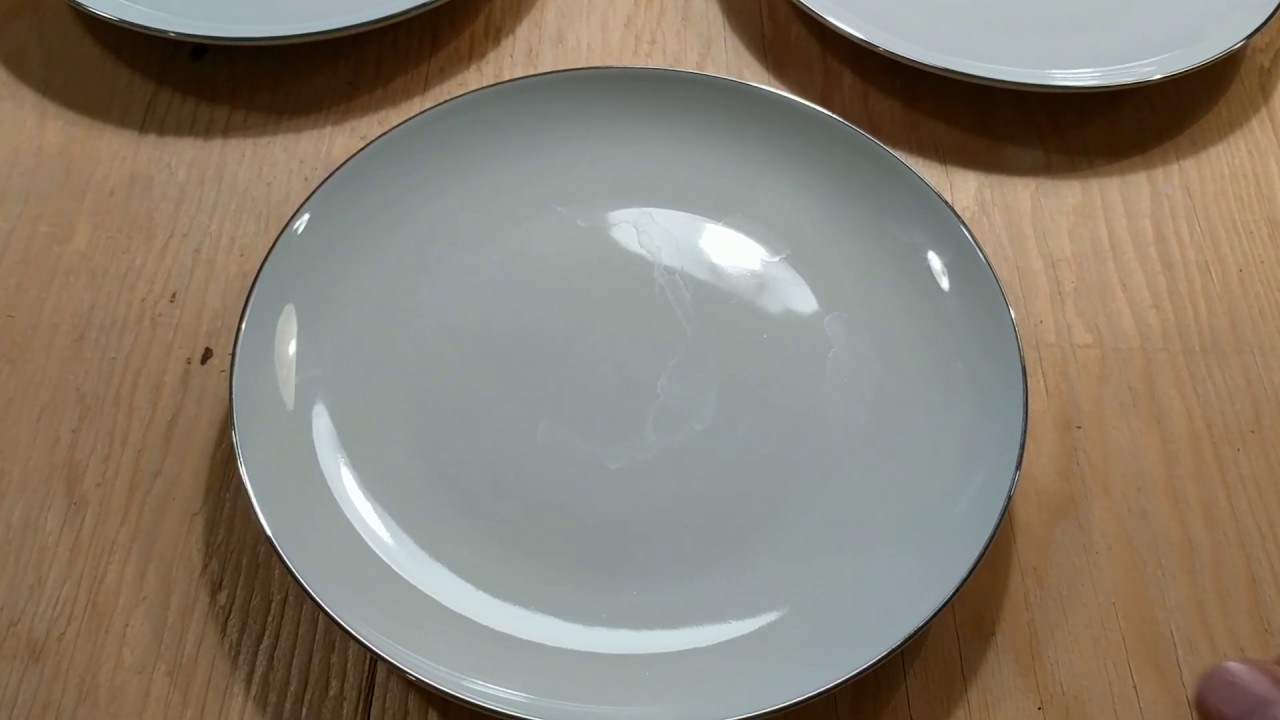
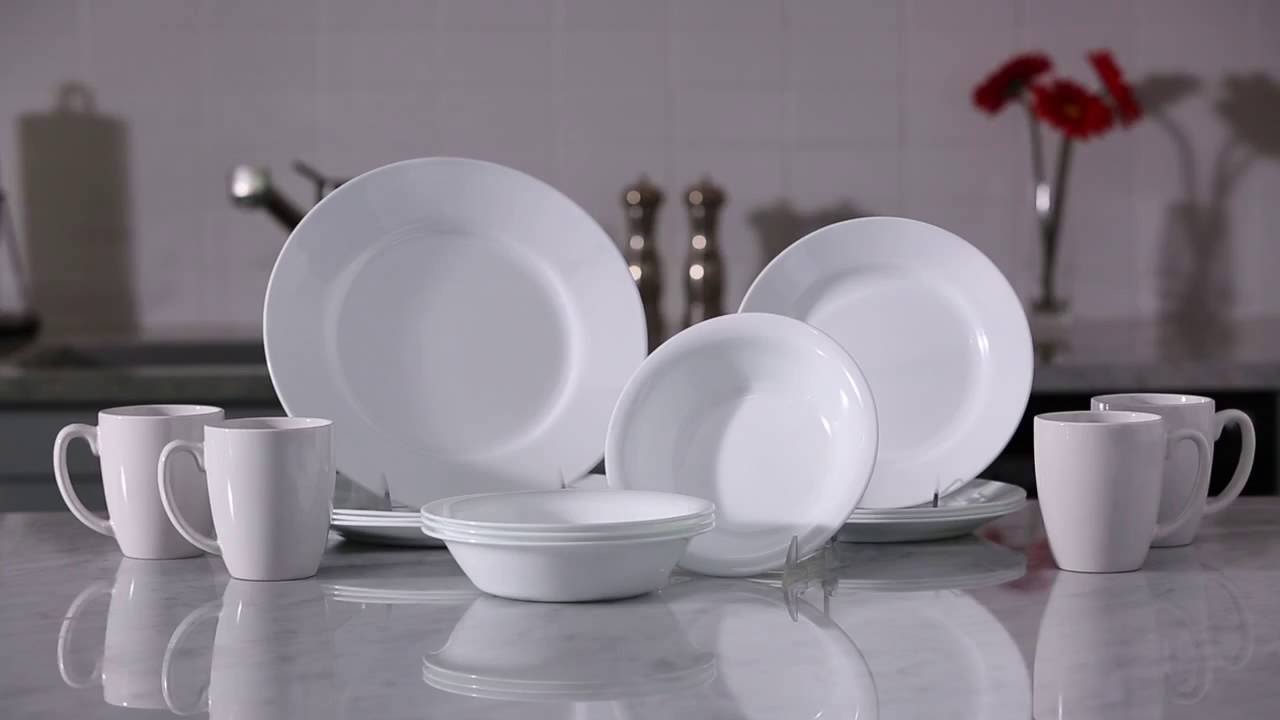
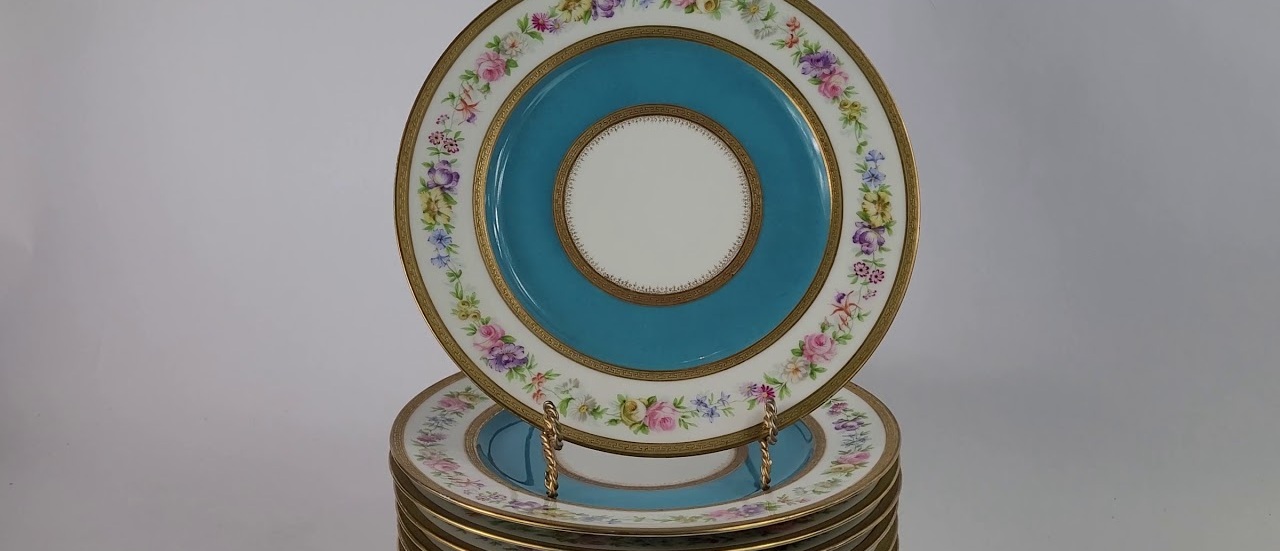
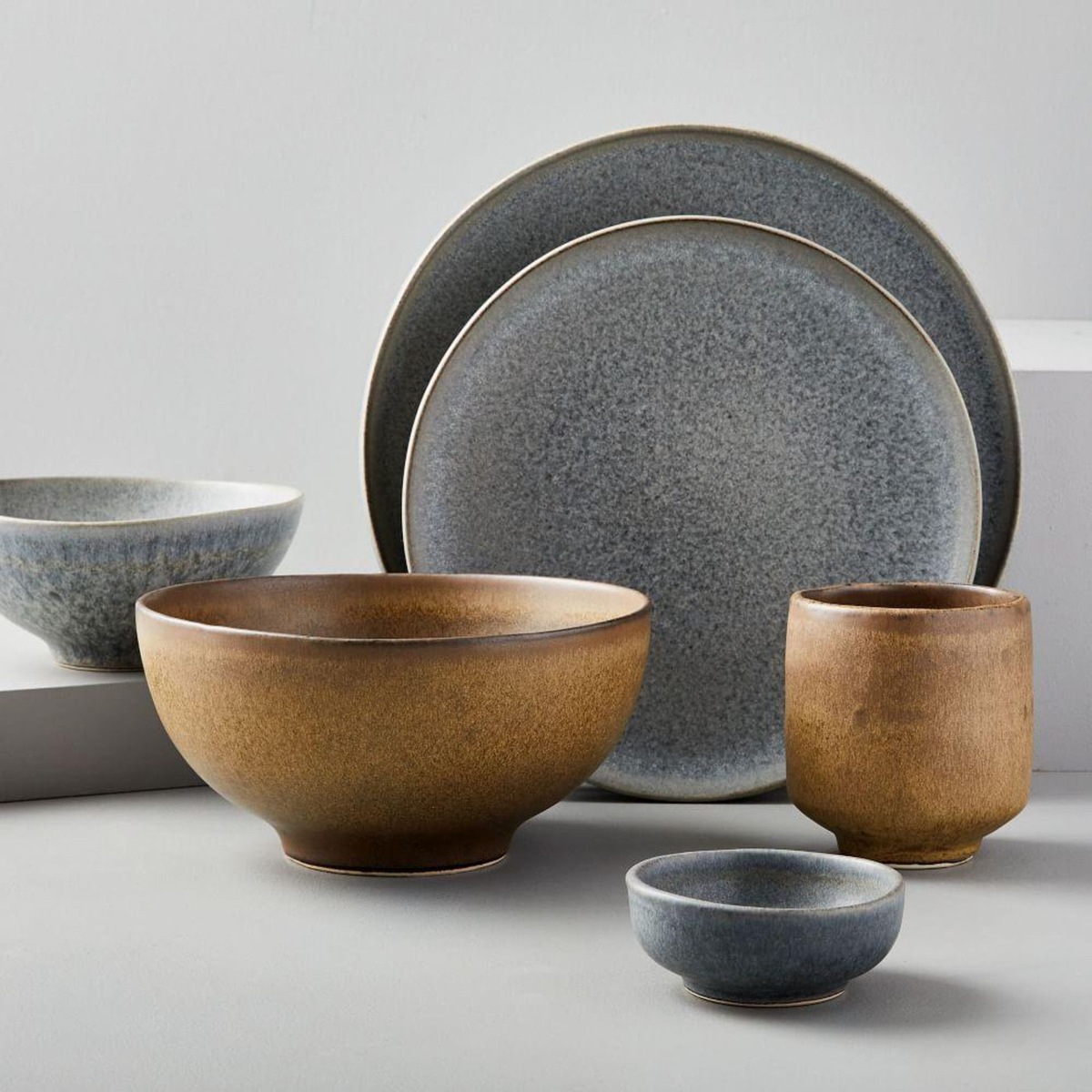
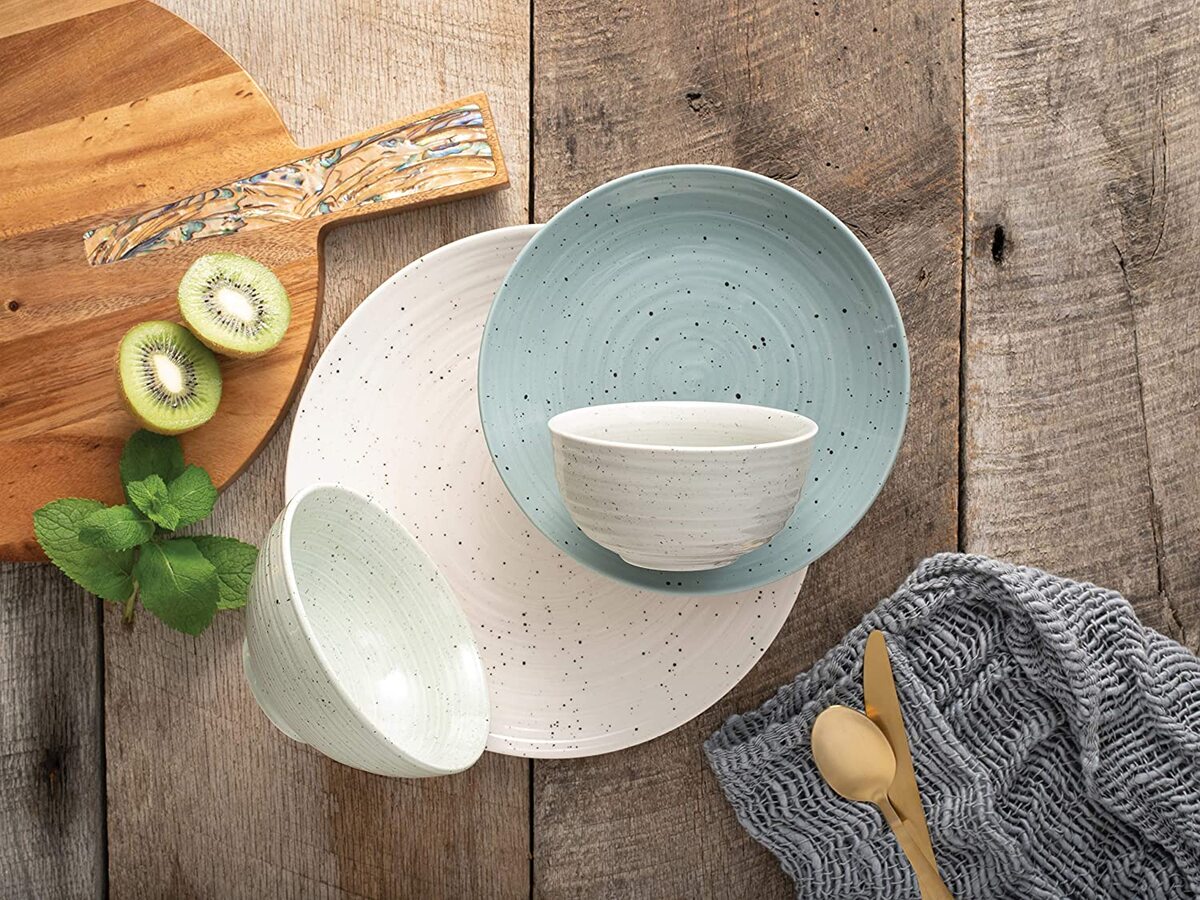
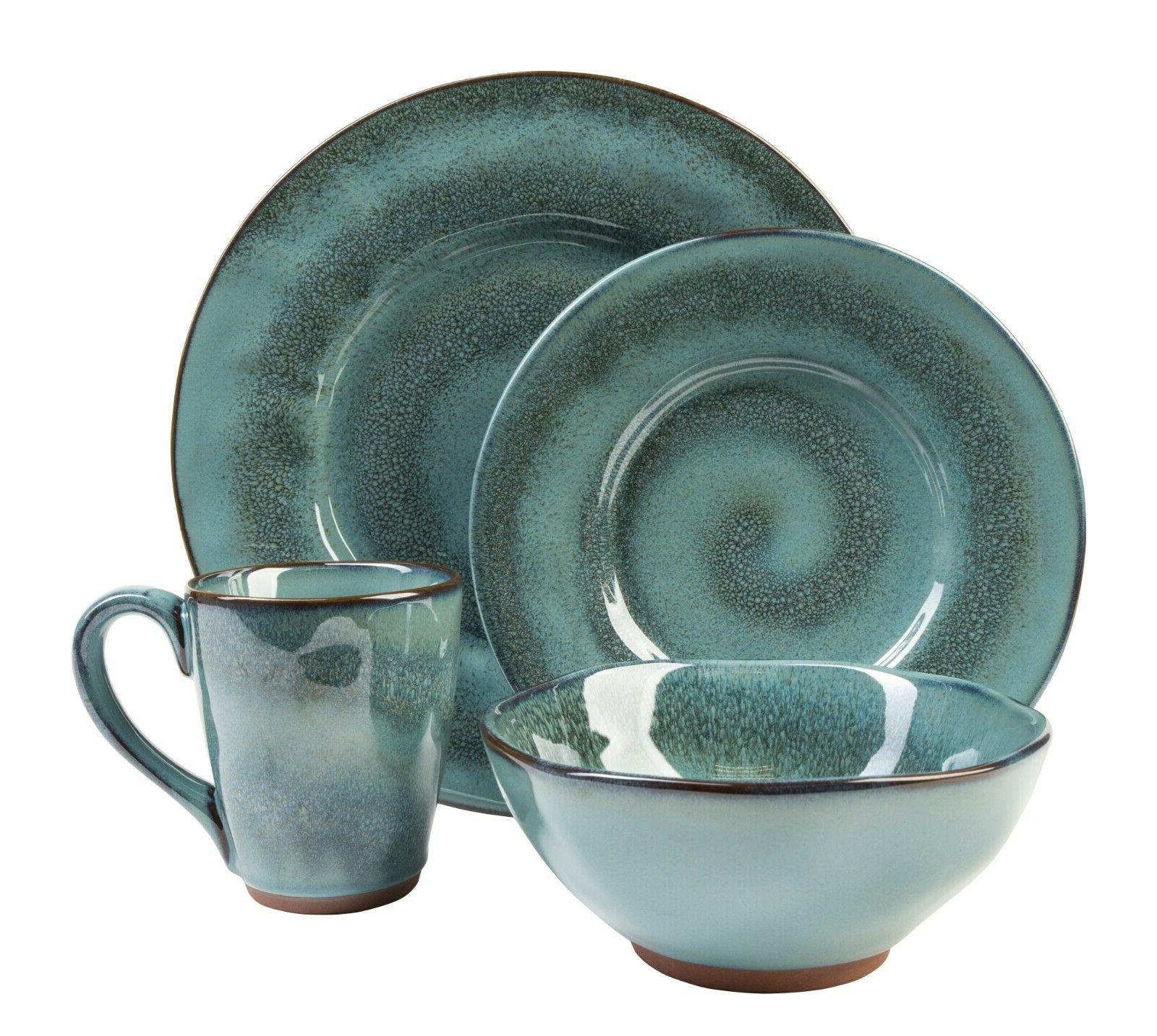

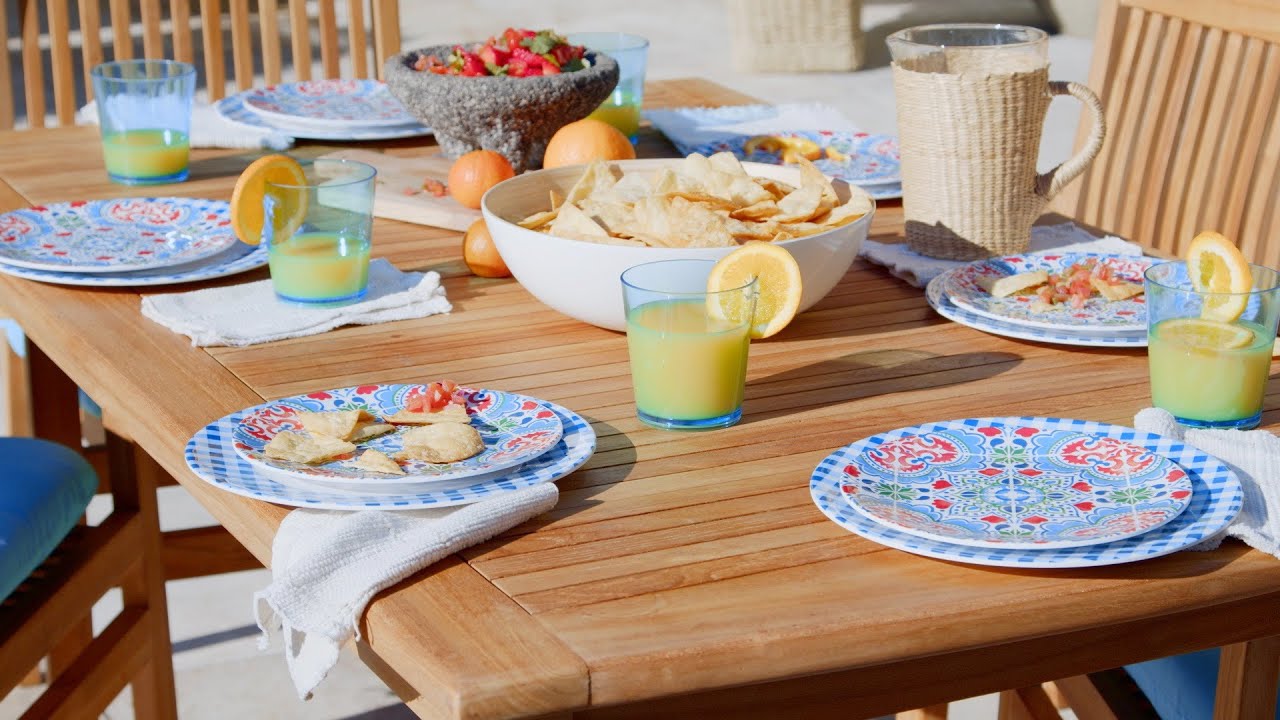
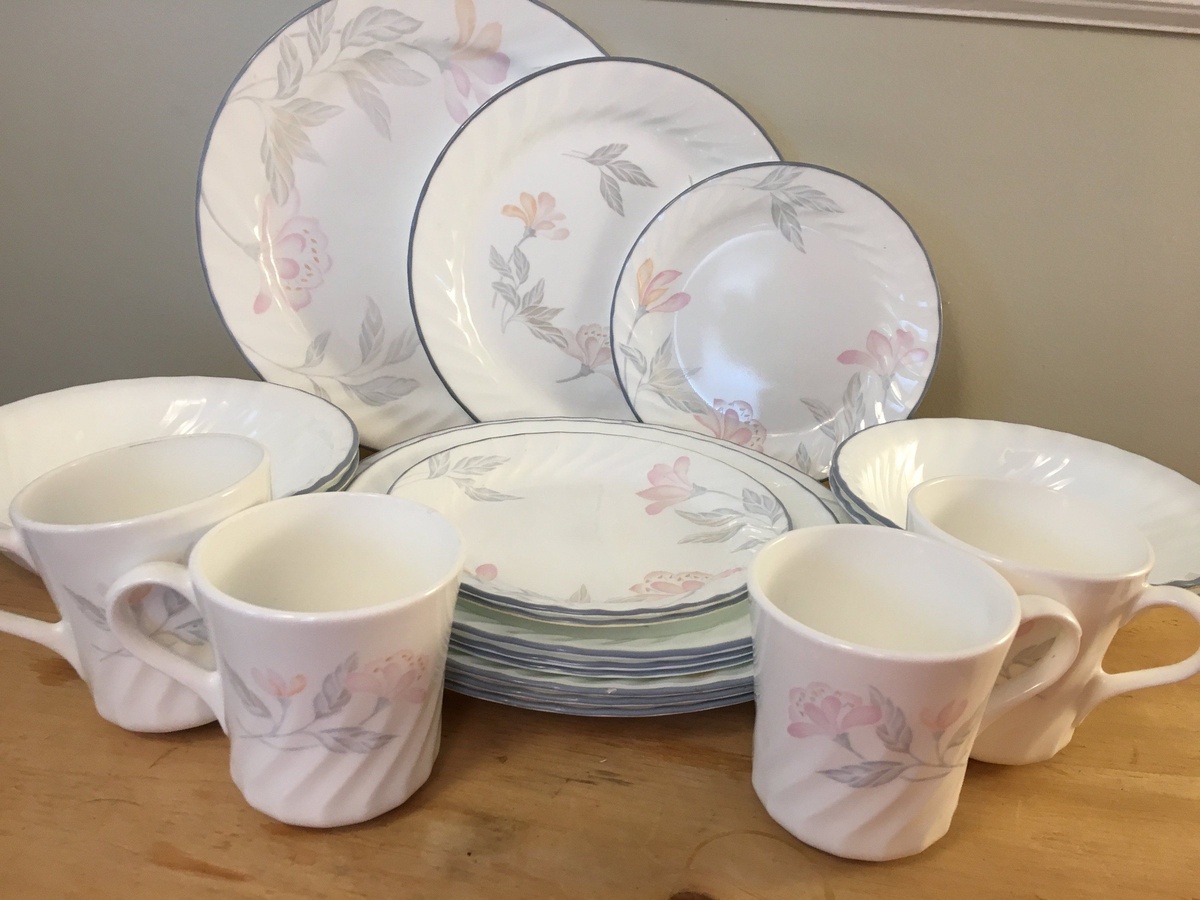
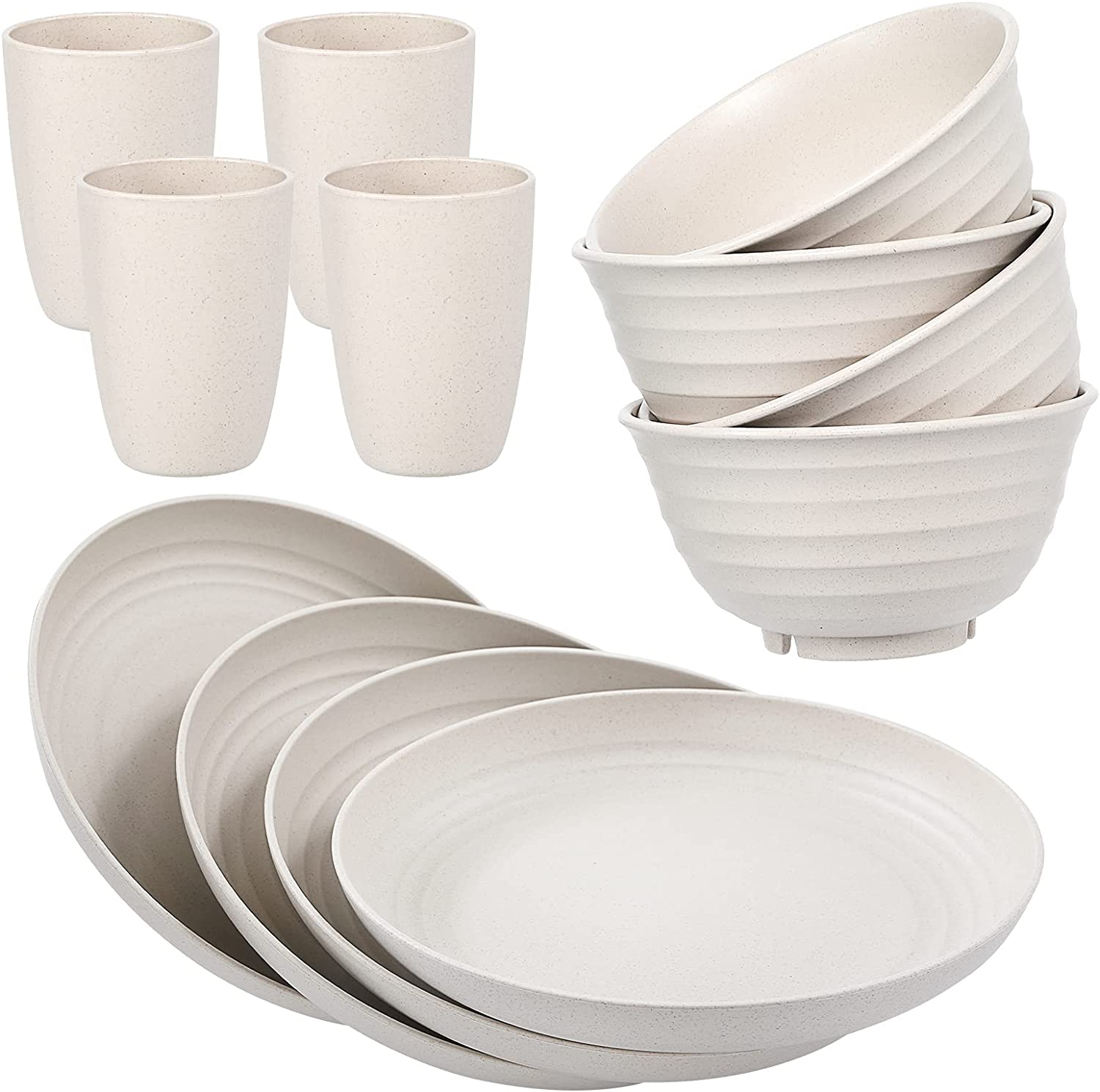
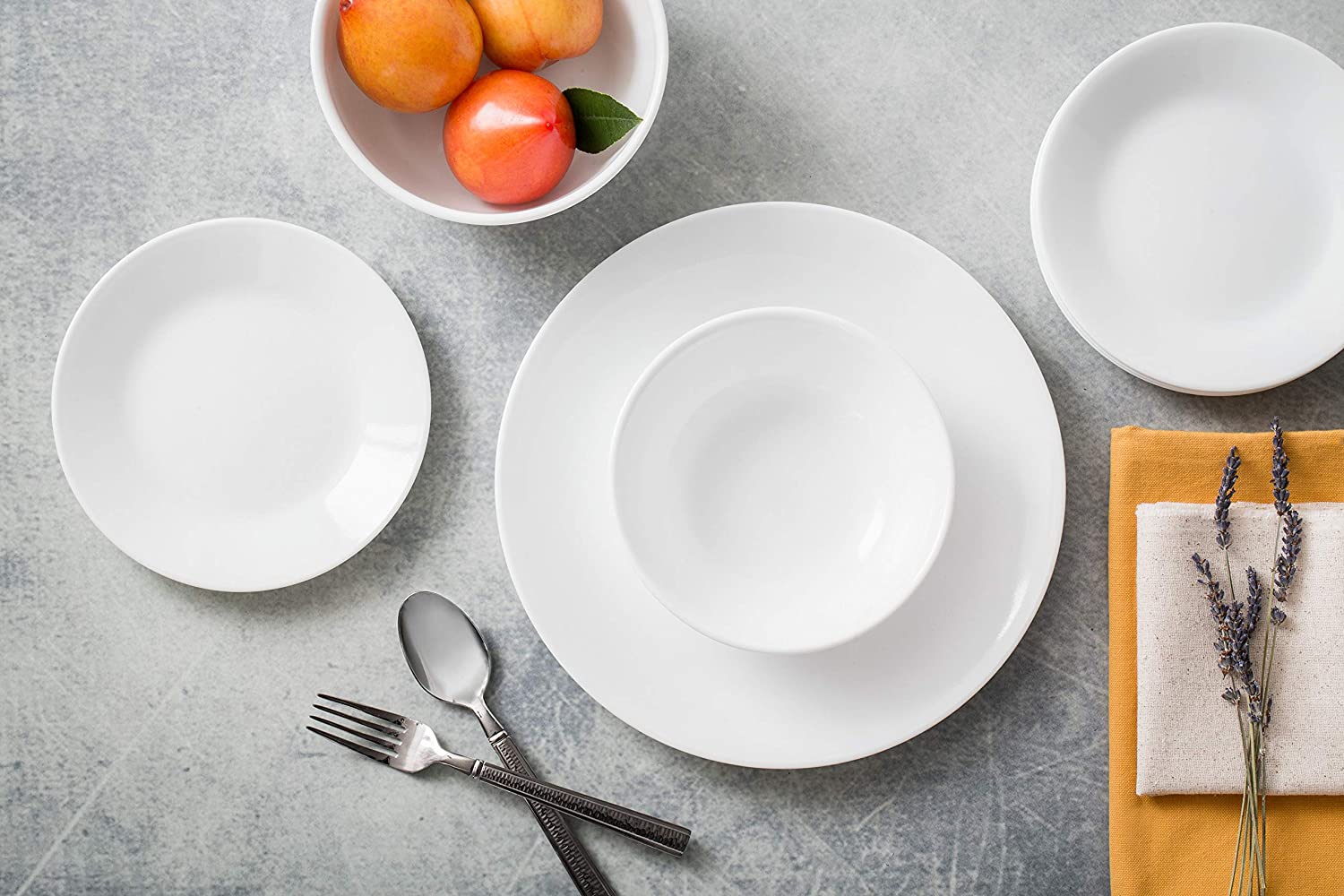
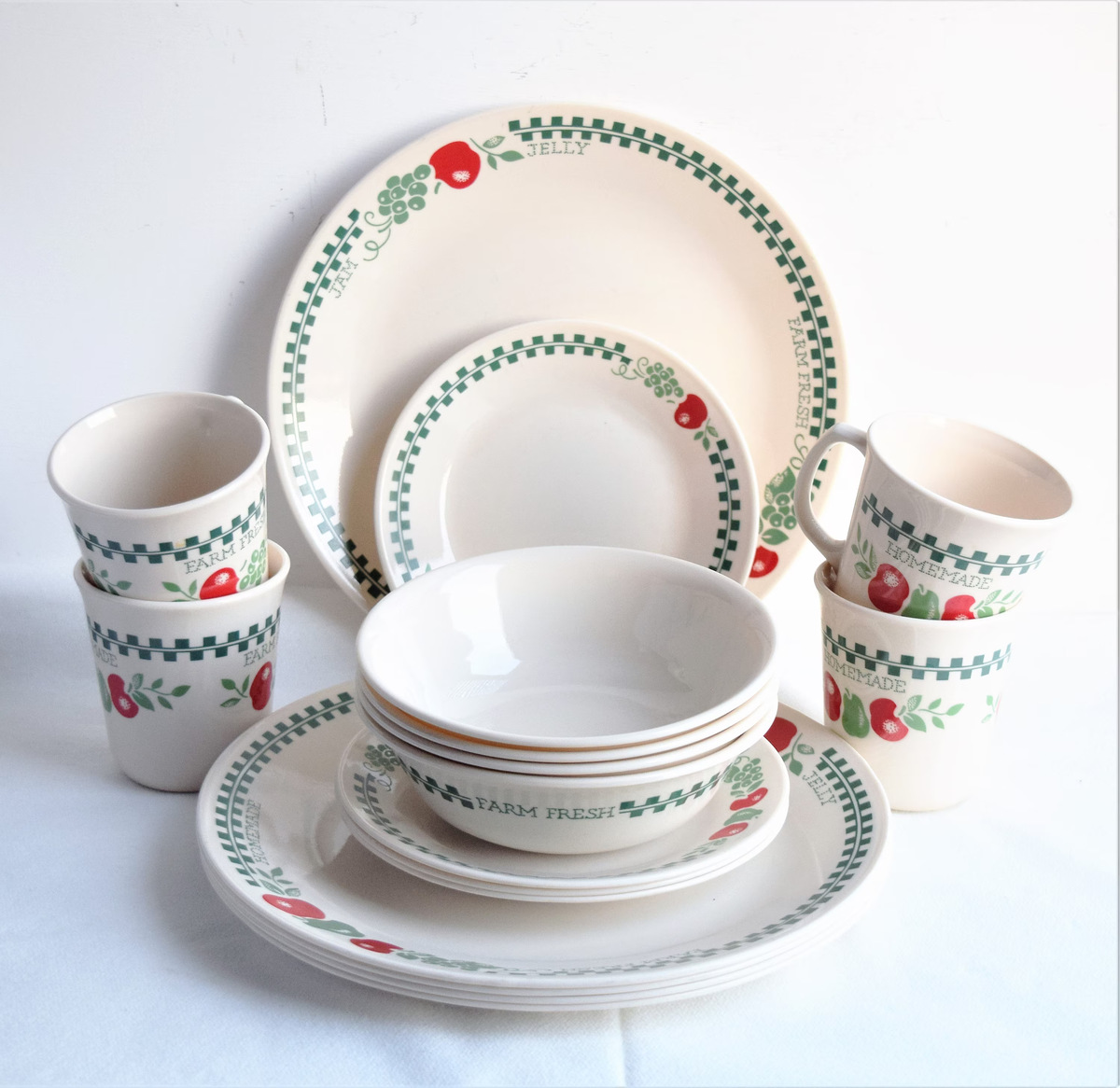
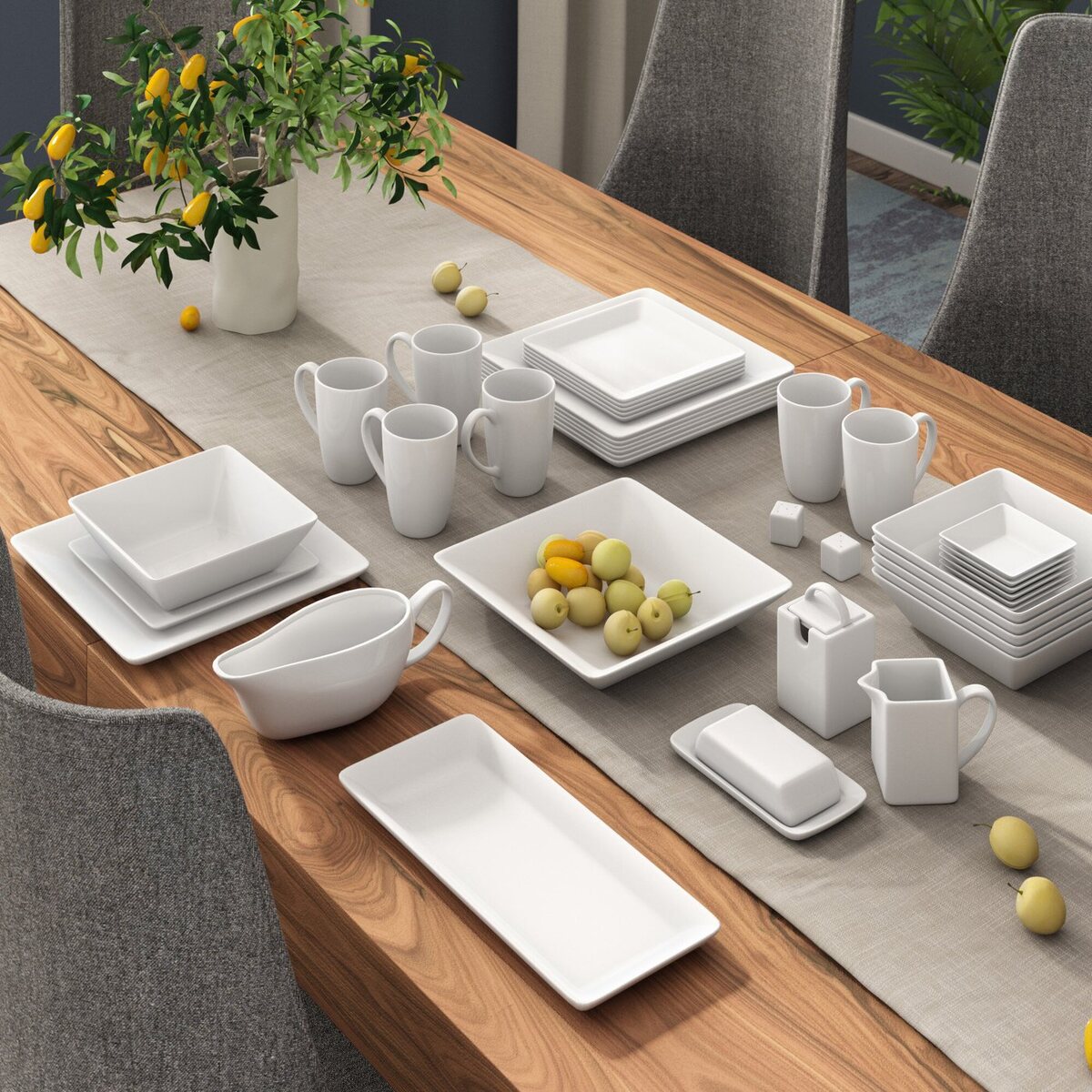

0 thoughts on “What Are The Different Kinds Of Dinnerware?”